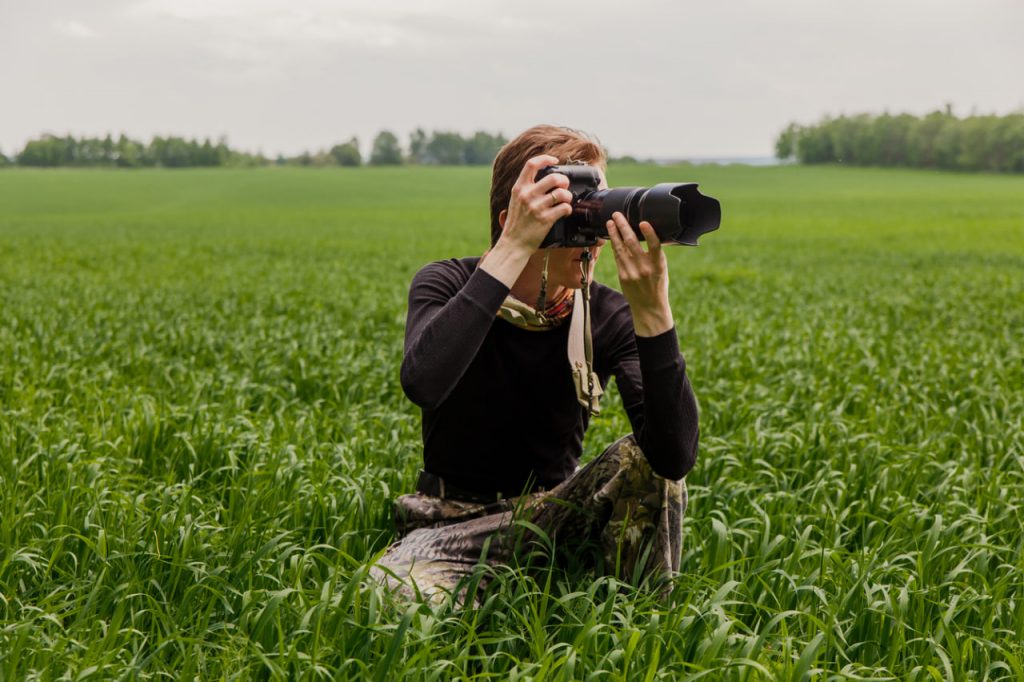Wildlife photography offers incredible opportunities to capture the beauty and behavior of animals in their natural habitats. However, it also comes with a responsibility to protect and respect the subjects and environments we photograph. Following ethical guidelines and best practices is essential not only for the welfare of wildlife but also for maintaining the integrity of your photography. This guide will explore the key principles and tips every wildlife photographer should know to ensure their work is both stunning and respectful.
Respecting Wildlife and Their Habitat
The most important rule in wildlife photography is to respect animals and their habitats. Disturbing wildlife can cause stress, alter their natural behavior, or even endanger their survival. Always maintain a safe and appropriate distance to avoid causing discomfort or harm.
Before you approach a location, research the species you hope to photograph and learn about their habits and sensitivities. Some animals are more vulnerable during breeding or nesting seasons and should be given extra space during these times.
Avoid trampling vegetation or disturbing nesting sites. Stick to marked trails whenever possible and be mindful of your surroundings. Protecting the environment ensures that wildlife can continue to thrive and that photographers can enjoy the same natural beauty for years to come.
Using Ethical Practices During Photography
Patience and observation are vital when photographing wildlife. Avoid chasing or startling animals to get a shot. Instead, use long lenses or telephoto zooms that allow you to capture intimate moments from a respectful distance.
Minimize noise and sudden movements that might alarm animals. Use natural light and avoid using flash, which can disorient or scare wildlife, especially nocturnal species.
Never bait or feed animals to attract them for photos. This practice can disrupt their natural behavior, make them dependent on humans, and increase the risk of harm to both animals and people.
When photographing in groups or tours, make sure everyone follows the same ethical guidelines to minimize the collective impact on the animals.
Prioritizing Safety for Both Photographer and Wildlife
Safety is paramount in wildlife photography. Keep in mind that wild animals can be unpredictable, especially when they feel threatened. Maintain a safe distance and never attempt to touch, feed, or corner an animal.
Be aware of your environment and potential hazards such as rough terrain, weather changes, or other wildlife. Carry necessary safety gear, including a first aid kit, and always let someone know your location when venturing into remote areas.
Respect local laws and regulations designed to protect wildlife. Many protected areas have specific rules about how close photographers can get to animals and what equipment can be used.
Contributing to Conservation Through Photography
Wildlife photography can play an important role in conservation by raising awareness and inspiring action. Share your images responsibly, highlighting the beauty and vulnerability of species and habitats.
Consider collaborating with conservation organizations or participating in citizen science projects. Your photographs can support research, fundraising, and education efforts that help protect wildlife.
Always be honest about how your images were taken. Avoid staging or digitally altering photos in ways that misrepresent animal behavior or conditions.
Building a Positive Relationship with Nature
Finally, approach wildlife photography with humility and respect. Remember that you are a guest in the animal’s home, and your role is to observe and document, not to interfere.
Practice ethical photography consistently to build trust with your subjects and the broader community. Your dedication to responsible practices will not only improve your work but also contribute to the long-term health of wildlife and ecosystems.

